It is one of the main symbols of the Soviet era and few people know that it was awarded the Grand Prix in Paris when it participated in the World Exhibition in 1937 and the fate of this sculpture was also "floating and sinking".
The sculpture “Worker and Farm Woman” first appeared at the 1937 World Exhibition. The event took place in Paris and for the young Soviet state at that time, it was an opportunity to show the capitalist countries the achievements of socialism.
 |
The height of the work is 24 m. |
Architect Boris Iofan was tasked with developing the pavilion project. He proposed placing the figures of a boy and a girl on top of the pavilion building, personifying “the masters of the Soviets - the working class and the peasantry”.
Architect Iofan once shared at that time that the ideological orientation of the architectural design had to be so clearly expressed that “anyone looking at our pavilion for the first time would have the feeling that this was the Soviet pavilion”.
He also believed that the most appropriate way to express this ideological determination was through a bold synthesis of architecture and sculpture.
 |
The sculpture was cut into pieces for transportation and restoration. (Photo: TASS file) |
Later, the architect Iofan said that the inspiration for this work was the ancient statue “The Tyrant Warriors” by the ancient Greek sculptors Critias and Nesiot in the 5th century. This statue depicts two Athenians holding swords as a symbol of the fight against despotism. And in Iofan's sketch, he replaced them with the state symbol of the Soviet Union, the hammer and sickle.
The architect believes that the figures of the male worker and female farmer will be made of the lightweight metal duralumin. The project participants plan to fasten the parts of the sculpture with rivets, like the American Statue of Liberty.
However, Doctor of Technical Sciences Petr Lvov convinced Iofan to give preference to stainless steel. He also proposed connecting the parts of the figures using electric welding.
 |
The sculpture "Worker and Farm Woman" first appeared at the 1937 World Exhibition. (Photo: TASS Archive) |
All that remained was to choose a sculptor who could be entrusted with the work. In the summer of 1936, a closed competition took place. Four masters participated, including Vyacheslav Andreev, Matvey Manizer, Vera Mukhina and Ivan Shadr. As a result, the proposal of the sculptor Mukhina was considered the most successful. The government commission chose the model made by this sculptor according to Iofan's idea with two figures of a worker and a kolkhoz woman.
Sculptor Mukhina and two assistants worked for a month and a half on a one-and-a-half meter long clay model, which was then enlarged 15 times and turned into a metal sculpture.
As the sculptor recalls, she did not leave the house during the project, working from 9am to 1am the next morning and spending no more than 10 minutes for breakfast and lunch.
 |
Today, the work stands on a 34-meter-high pedestal, the same height as when it first appeared at the Paris exhibition in 1937. |
Two factories in Moscow were responsible for creating the large-scale sculpture. The 48-ton monument frame was manufactured at the Stalmost plant, while the outer shell parts were produced at the pilot plant of the Central Research Institute of Mechanical Engineering and Metalworking.
The height of the final sculpture was about 24 meters, and the total weight was almost 75 tons. Surprisingly, from an anatomical point of view, everything was wrong with the shape of the worker and the farmer, but despite this, the sculpture made an indelible impression on the audience.
The statue has been criticized by sculptors as the rear leg is 3.5 m longer than the forward leg and the arms are all different lengths. But it does not cause discomfort, on the contrary, this achieves the sense of movement of the statue.
Or like the flying cloth behind the work, sculptor Mukhina also had to explain and change the configuration many times to get the work's evaluation board to approve.
 |
The bronze plaque certifying the work when it was returned to Moscow in 1938. |
The finished sculpture was cut into 65 pieces, packed into boxes and sent by train to France. There it was reassembled and placed on a 34-meter-high pedestal. Opposite it stood a 60-meter-high tower that housed the Nazi pavilion. The confrontation between the two countries and their achievements became one of the main events of the exhibition. However, Mukhina's work had no equal - “Worker and Kolkhoz Woman” was awarded the Grand Prix.
When the World Exhibition ended, the question arose of how to return the statue to the Soviet Union. The sculptor Mukhina was not involved in dismantling it, so the sculpture was severely damaged during its transfer to the country. Restoration work, essentially replacing most of the steel cladding, took two years. And it was not until 1939 that the statue reappeared at the northern entrance of the VDNKh Exhibition Center.
 |
Today, at the foot of the monument is a museum and exhibition hall. |
But instead of the high pedestal on which the work was created, the statue was placed on a 10-meter pedestal. Sculptor Mukhina repeatedly requested that the sculpture be raised to a similar pedestal in Paris, but it was not until decades later in 2009 that the statue was placed on a new 34.5-meter pedestal, bringing the total height to 58 meters.
The Moscow government only restored this Soviet-era icon in 2023 when it fell into disrepair. The supporting frame was beyond repair and had to be rebuilt, but the steel panels of the outer shell were much better preserved, with only 10% of them needing to be replaced.
At the foot of the monument is a museum and exhibition center. Today, when coming to the VNDNk Park, visitors can see the statue from afar, it is one of the fourth tallest monuments in Moscow, after the Victory Monument, the Cosmonautic Monument and the Monument to Peter the Great.
 |
Nowadays, Soviet-era buildings are increasingly mentioned in Russia. (Photo: TASS) |
Today, from Mira Avenue you can see this statue from afar, standing tall as a symbol of the glorious Soviet Union. On important anniversaries, this place also serves as one of the city's exhibition centers, and artifacts are displayed in the building inside the base of this monument.
On the occasion of the 80th anniversary of the Great Patriotic War, Russia increasingly mentions great works and achievements of the former Soviet Union to educate the younger generations about the glorious traditions of the nation.
Source: https://nhandan.vn/so-phan-buc-tuong-dai-huyen-thoai-thoi-lien-xo-post872928.html








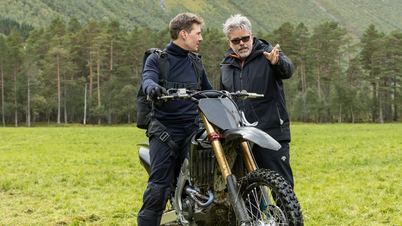

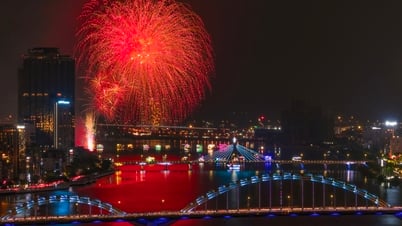

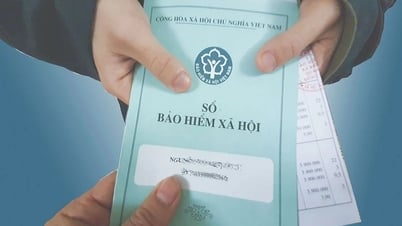

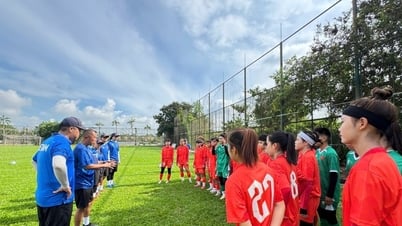
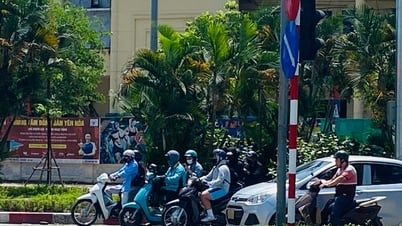
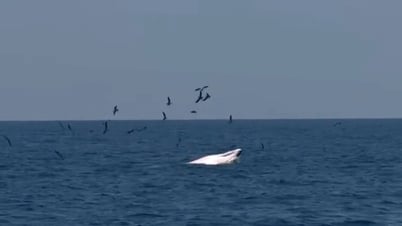




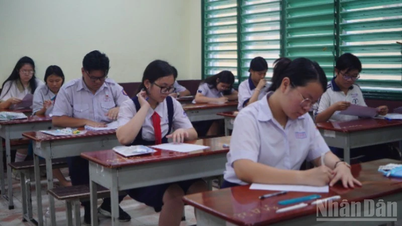
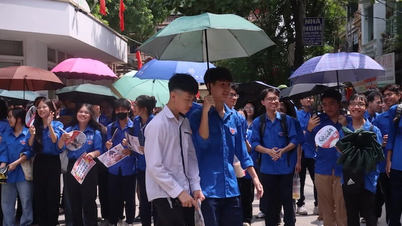
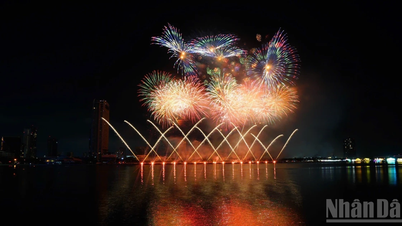
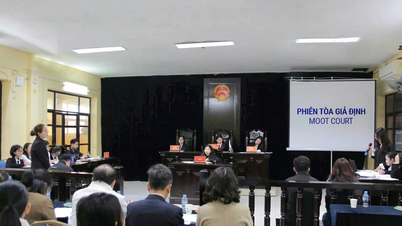
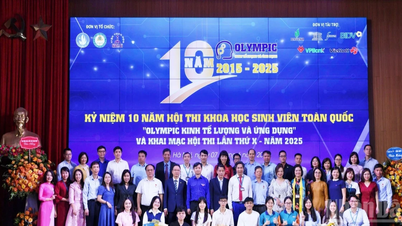































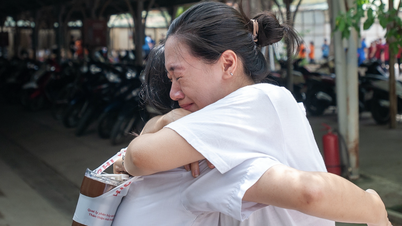












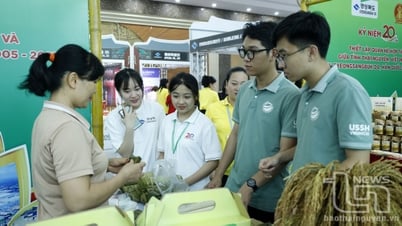

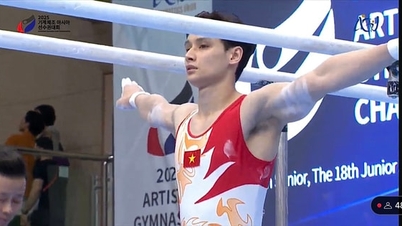
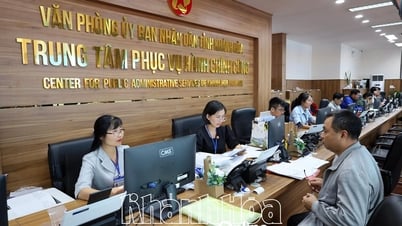

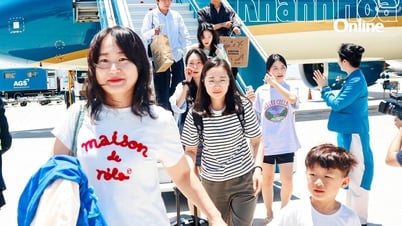

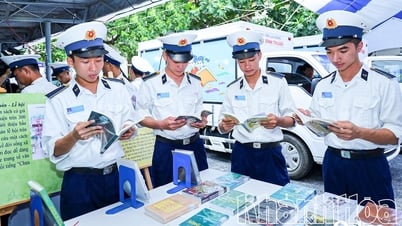








![[OCOP REVIEW] Tu Duyen Syrup - The essence of herbs from the mountains and forests of Nhu Thanh](https://vphoto.vietnam.vn/thumb/402x226/vietnam/resource/IMAGE/2025/6/5/58ca32fce4ec44039e444fbfae7e75ec)





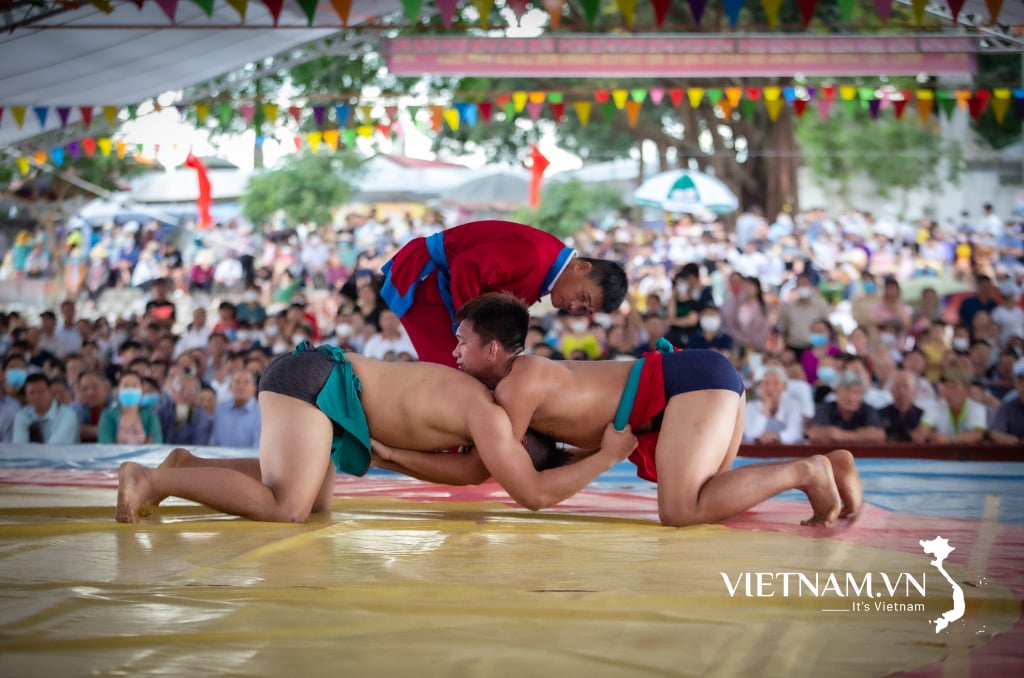

Comment (0)